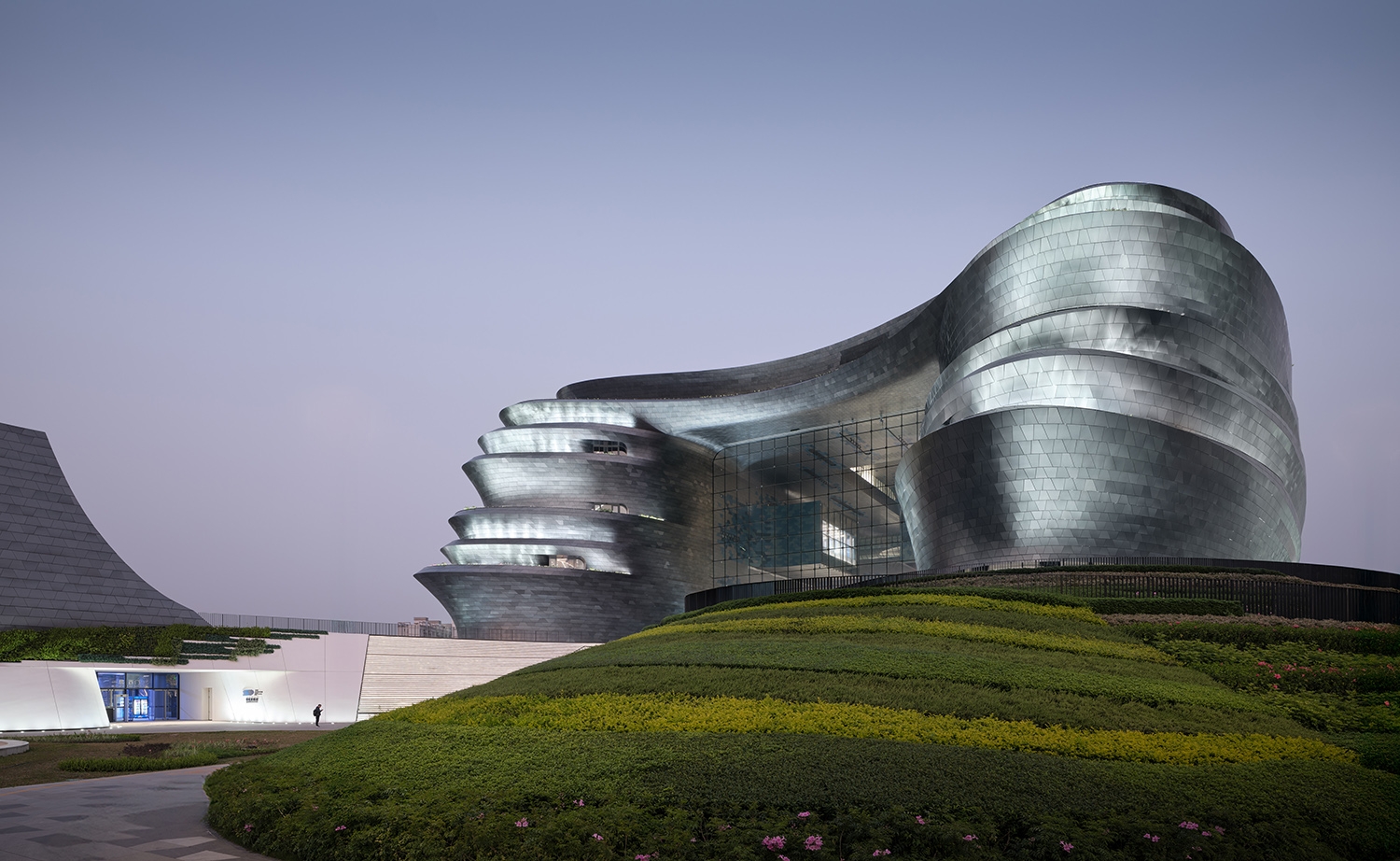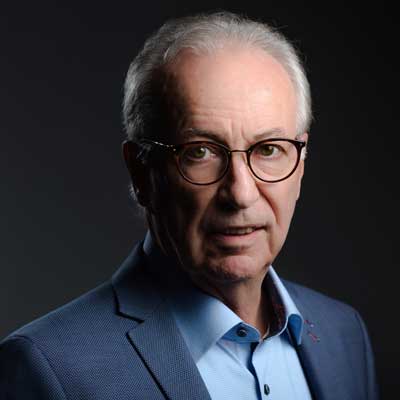Professor Wout van Bommel has received the LIT 2020 Lifetime Achievement prize for his contribution to Lighting Application Research. In a conversation with D5, Professor van Bommel gives us a glimpse of his life and passion for light.
Could you tell us a little about yourself? How did you discover your passion for Lighting Application Research?
I discovered my passion for lighting by lucky coincidence. I studied physics at the University of Technology in Eindhoven. In those days, we still had a two-year military service but could delay that until after our studies. However, this arrangement had the condition that the study delay could be no more than one year. I had so many other interests apart from my studies that my delay was coming close to a year. I then got a message that unless I could guarantee that I would finish my studies within one year, I had to break them off and go into the army first. I still had to start my Master’s, so I looked for what I thought was an easy Masters subject doable in one year. So that’s how I got involved in lighting and why my passion for lighting quickly became an unexpected reality.
You have spent a few years with “Philips Lighting” in different lighting application functions, what is your most unforgettable memory or project?
Regarding the question of my most unforgettable memory or project, I again have to give an unconventional answer. I worked only two years with Philips Lighting, where my main experience was travelling around Europe with a mobile road lighting laboratory (“the Light Van”) when the Association of Public Lighting Engineers (APLE, now ILE) of the United Kingdom organized a special conference to celebrate their golden jubilee. My English Philips colleagues arranged for our Light Van to be driven live on the conference hall’s podium while me giving a one-hour presentation. I then was a young guy without any public speaking experience, and in a time when conference speakers usually were older men in black cloth. I had never attended an English language conference before. I was sure that this presentation would become a disaster, and I remember hardly having slept for weeks before that conference. I was even dreaming about asking for my resignation from Philips Lighting, but, of course, I did not do that. Instead, I prepared myself very, very thoroughly.
After I started my presentation, to my big surprise, my nerves quickly disappeared, and I started realizing “this is so nice to do”. That experience changed my career because, since that presentation, I always look to new, exciting aspects of lighting in terms of “how can I explain that to others”, or more precisely “how can I explain difficult things in easy words”. I love to give presentations.
Can you tell us more about “non-visual biological aspects of lighting influence”?
I was so fortunate to get involved in the subject “non-visual aspects of lighting” right from the moment that the lighting world started to realize that lighting has not only a visual but also a non-visual biological effect, in the second half of the 1990s. In the beginning, we had great difficulties convincing “traditional” lighting professionals about the importance of the subject. I learned that that was the same in the medical/biological world.
When Russel Foster, a British professor doing tests of bodily synchronization by light in mice, predicted in 1999 the existence of an unknown type of non-rod, non-cone photoreceptor, some professors left the conference room where he made this announcement. Only three years later, Dave Berson (USA) proved that some retinal ganglion cells that he isolated are indeed sensitive to light. Before that time, we studied already the non-visual biological effects of lighting and the practical importance of indoor lighting. Studying these effects was possible without understanding the detailed mechanisms behind them.
With Dave Berson’s discovery of the intrinsic photosensitive retinal ganglion cell (ipRGC), accepting the importance of the subject “lighting and health” went very quickly. As the cones and rods got their name from their cone and rod shape I, entirely in line with my pursuit of making difficult things easy, like to refer to the new type of photosensitive cell as tiny “spheres”, also roughly after their shape.
Today, the subject of “lighting and health” is often taken into account in indoor lighting. Lighting installations, dynamics in lighting level and colour tint, and fully taking daylight contributions into account are the result. CIE defined in 2019 a suitable new lighting measure for non-visual biological light: the “melanopic EDI”, in lux. In December 2020, 18 experts published recommended minimum and maximum values for this measure for daytime, evening and night-time conditions. It means that now the lighting world has all the necessary tools, even though we still have to learn a lot about the subject of lighting and health. Fortunately, many laboratories all over the world are engaged with the subject.
You are the LIT 2020 Lifetime Achievement recipient for your contribution to Lighting Application Research, what does it mean to you?
I feel tremendously honoured, not only for myself but also for the many people and organizations who stimulated me – my “early” teachers and bosses (to whom I devoted my 2019 Interior Lighting book), but also to the many students all over the world (to whom I dedicated my 2015 Road Lighting book) who helped me, and are still helping me today, through their critical questions and active participation in discussions learning how to explain lighting.
What would be your best advice to Emerging talents in Lighting Applications?
My advice to emerging talents in lighting application is “the more you learn, the more you like it”. But also, realize that mistakes are terrible and that it is tough to learn without them. Don’t think that you can plan your future in detail. Grab your chances when they occur, and they will come! Finally, don’t accept older professionals telling you when you come up with an idea “that does not work, we tried it already twenty years ago”. The circumstances change continuously and an idea that did not work long ago may be fantastic today.
Last, what makes light magical to you?
Light is magical to me because of its multi-disciplinary, ever-changing, aspects of it.
My favourite lighting hardware aspects
Gas discharge, optical, and chip technology combined with lighting controls and data communication with our lighting as the carrier of the data.
Application aspects that I enjoy
Visual and health aspects (the latter including both positive and hazardous effects), lighting for growing plants, vegetables and fruit, and the possibilities to fight corona with professional UV-C installations.
Aesthetical and architectural aspects
Light to emphasize indoor or outdoor architecture or lighting installations being art itself.
Magical emotional aspects
Lighting as a means to influence the emotional state of people. As soon as the sun comes out on a cloudy day, it often immediately changes our mood in a positive way. We must realize that artificial lighting can also influence people’s emotional feelings to a certain extent, positively and negatively.








